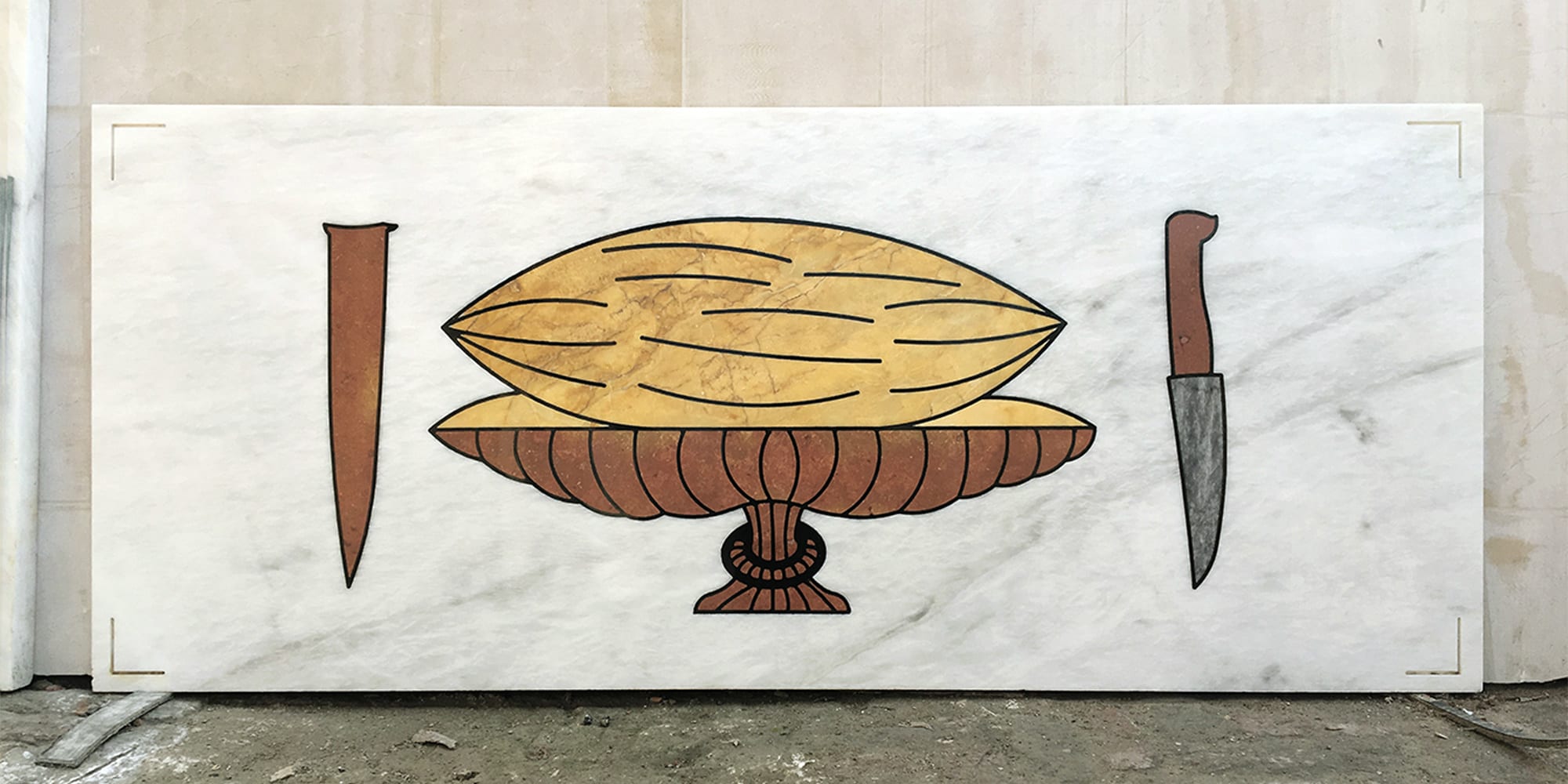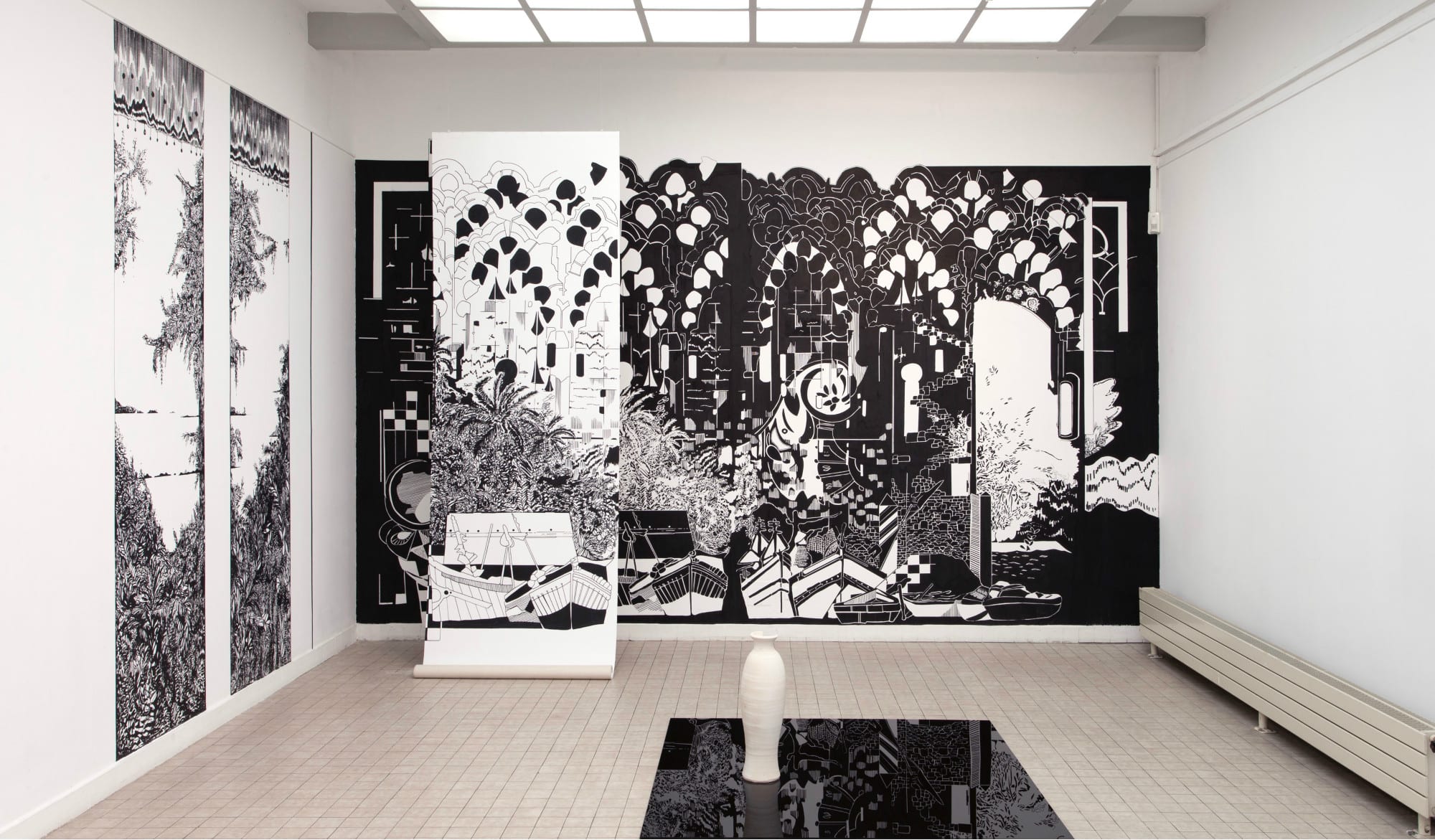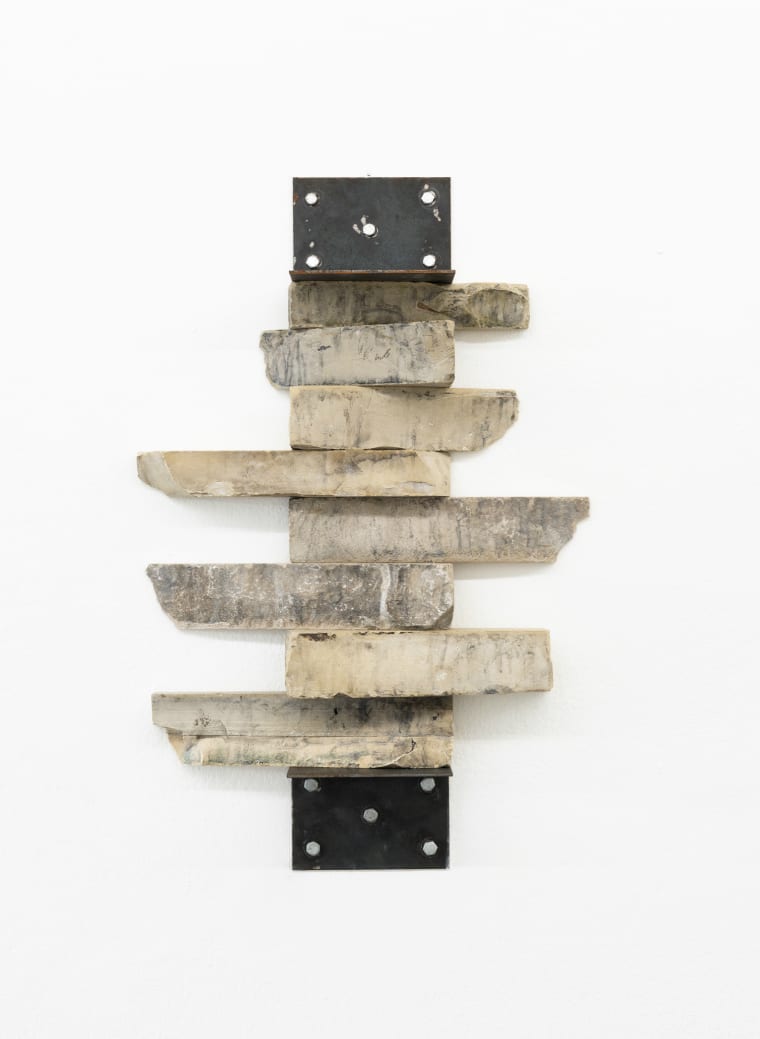Addressing themes of global migration, socioeconomic structures and identity as a gateway into artistic notions of ‘The Global South’, the inaugural Bawwaba section features 10 solo presentations from a range of geographies.
05/02/2019
Addressing themes of global migration, socioeconomic structures and identity as a gateway into artistic notions of ‘The Global South’, the inaugural Bawwaba section features 10 solo presentations from a range of geographies.
Curated by French Cameroonian Élise Atangana, Bawwaba was created to shed light on artist interrogations of the notion of the Global South. With a spotlight on the Middle East; Africa; Central and South Asia, and Latin America, its first edition features 10 solo presentations which resonate deeply with narratives around colonisation histories and contemporary experiences.
Atangana made her curatorial selection from a stance of self-awareness, deliberately attempting to “de-centre” her own gaze. Her motivation was not to impose a red thread or even a prescriptive narrative, but to offer a platform for artists to offer presentations that resonate across the many geographies and cultures represented at Art Dubai, and the diverse narratives within.

Hamra Abbas, Fruits, Gardens of Paradise, Presented by Canvas Gallery, Karachi
The collage of colour and shapes that comprise Shezad Dawood’s paintings from his new Encroachments series conjure the quality of being drawn from the middle of his thought process. They are like ideas in the process of formation. They were in fact, part of his storyboarding process for a new commission set to be unveiled at Sharjah Biennial 14, where viewers will enter into a virtual reality installation that tackles the issues of sovereignty, private property and the politics of space in the Pakistan’s two largest cities. Represented by Jhaveri Contemporary (Mumbai), Dawood’s work also studies US-Pakistani relations since the 1950s.
Istanbul-based Gözde İlkin – represented by Gypsum Gallery from Cairo – makes work out of repurposed domestic fabrics such as tablecloths, curtains and bed duvets, which incorporate stitching, drawing, painting as well as video and sound installation. Speaking of layers of existence as well as emotional attachment to objects in an environment of migration, this body of work ultimately addresses issues of belonging.
Addis Ababa-based Wanja Kimani’s works also evolve from her experiences of migration and a longing for familiarity. Her artworks touch upon issues such as cultural adherence, identity, separation, and remembrance. Presented by her own gallery Guzo Art Project (Addis Ababa), Kimani’s multimedia works weave dream-like stories of memories and imagination.

Chourouk Hriech, De Quoi Ce Monde Est-Il le Miroir, Represented by Anne Sarah Benichou, Paris
A central remit for Bawwaba is that the body of the solo presentation is new. The youngest gallery in this section is Galerie Anne Sarah Bénichou, which opened in Paris in March 2016. This gallery will present Chourouk Hriech, a French artist of Moroccan origin who works primarily with monochrome, two-dimensional and often surreal drawings. She takes her inspiration from architecture, urban patterns, vegetation and social landscapes. The size and scale of the pieces vary greatly but her use of black and white reduces her depictions to montages of pattern and texture creating mesmerising pieces that depict contemporary urban life.
Chaos, experimentation, horror, abundance, overgrowth and rebellion are all themes that appear in the work of Filipino artist Kristoffer Ardeña. Represented by 856G Gallery from Mandaue in the Philippines, his paintings on tarpaulin use abstraction, geometric patterns and disruption to depict the structure of his personal and communal experience.
Conversely, the careful works on marble made by Pakistani artist Hamra Abbas and shown by Canvas Gallery (Karachi), use the visual language of religion to address a constantly changing society. Inspired by precise ornamentation, Islamic geometry as well as scriptural text, the artist questions the role of tradition within a globalised context.
In parallel with these works, Adeela Suleman, represented by New York’s Aicon Gallery, uses scenes as rendered in the filigree tradition of Islamic art against a variety of hard surfaces such as stainless-steel and ceramic. The recurring motifs in her work—such as birds and flowers— are replete with symbolic meaning. Abstracted notions of loss and disappearance quietly resonate through her sculptures.

Marcelo Moscheta, Egito, 2018, Represented by Vermelho, Sao Paulo
Another artist who uses rational ways of understanding places is Brazilian Marcelo Moscheta, represented by Vermelho (Sao Paulo) whose practice is based in interpretations of latitude, longitude, altitude, mathematical calculations and scientific references. His sculptural work is created with materials sourced from nature, as he, like an archaeologist questions the boundaries of territory, geography and physics through art.
Born in São Tomé and Príncipe, José Chambel lives and works in Portugal and is represented by Lisbon gallery Perve Galeria. His photographic work is a documentary of tangible and intangible heritage from this small Portuguese speaking nation. Whilst literal in many cases, the work has a mythical and timeless quality.
Rounding off the representation from Latin America is Sérgio Sister, from Galerie Emmanuel Hervé (Paris). In minimalist fashion and with an emphasis on colour blocks, this Brazilian artist uses found wooden beams he arranges into sculptural paintings